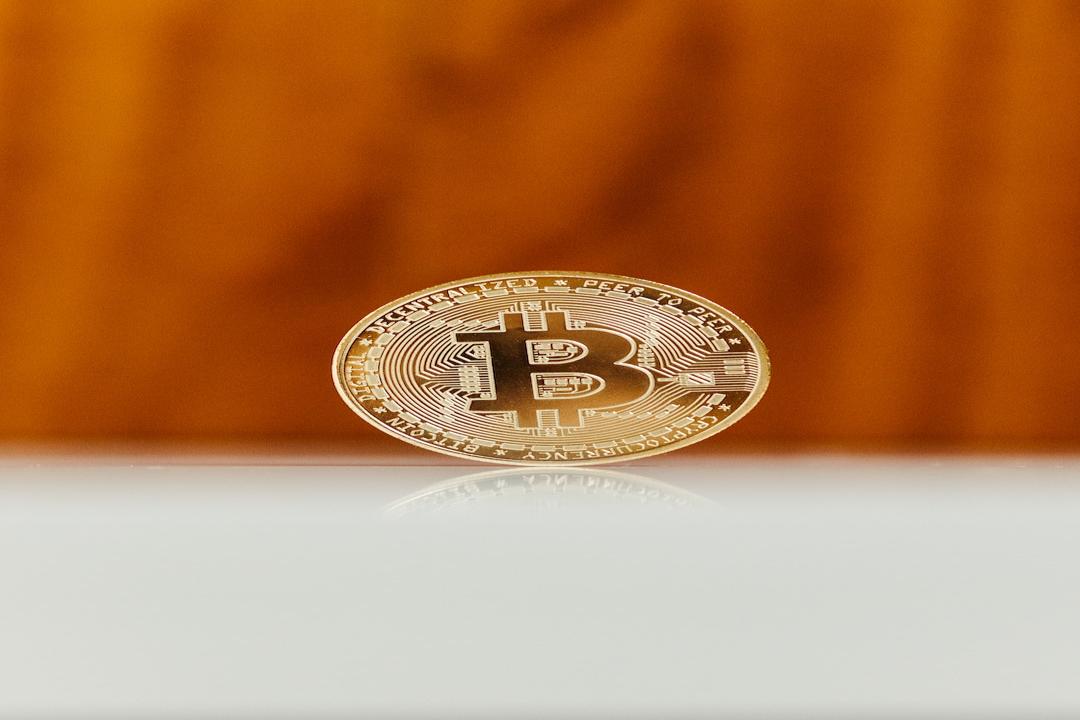During this year’s surge in market activity, DePINs have rapidly climbed to the fifth position in the dynamic technological landscape, trailing behind Memes, AI, L2s, and RWAs. DePINs stand out as one of the top innovations, playing a crucial role in shaping the future environment. DeFi managers have hailed DePINs as a formidable duo since 2024, emphasizing their indispensable importance across various global industries.
The mainstream emergence of decentralized networks for physical infrastructures began in the previous year when leading manufacturers worldwide integrated physical infrastructure with blockchain technology. These blockchain protocols, coupled with cryptocurrency tokens, aimed to enhance production and performance by establishing decentralized physical infrastructure that is progressively merging with the Internet of Things. The DePIN market is currently valued at approximately $2.2 trillion, underscoring their significant role in shaping future infrastructure networks.
Understanding DePINs
DePINs, short for Decentralized Physical Infrastructure Networks, represent a groundbreaking application of blockchain technology to physical infrastructure and systems. By leveraging blockchain and other advanced technologies, DePINs establish decentralized networks for physical infrastructure such as energy grids, supply chains, telecommunications, transportation systems, and more.
How DePINs Operate
DePINs operate by decentralizing control over a network through blockchain, sometimes in conjunction with the Internet of Things. Blockchain serves as an encrypted ledger that records all transactions and data exchanges within the network, ensuring trust and transparency by creating an immutable record of all actions taken.
Simultaneously, the Internet of Things comprises interconnected devices that collect and exchange data in real-time. In DePINs, these devices are connected to and communicate with the blockchain database, enabling autonomous actions within physical networks. DePIN is a blockchain-powered system that distributes ‘PIN’ authority to the network, applicable in various fields such as energy, supply, telecommunications, data storage, transportation, and real estate.
For instance, in the energy sector, a decentralized network enables peers to trade energy while blockchain transparently records transactions. Smart contracts facilitate automated, efficient, and sustainable use of renewable energy. Incentives like cryptocurrencies encourage user participation and growth.
Significance of DePINs
Security and Efficiency:
DePINs play a critical role in ensuring the security and efficiency of physical infrastructure by eliminating central control points and reducing the risk of tampering and manipulation. The use of cryptographic techniques secures transactions and data exchanges in a distributed ledger, safeguarding critical infrastructure and fostering trust among all parties involved.
Transparency and Traceability:
In the supply chain industry, DePINs enhance transparency and traceability by monitoring each step of the production and distribution process in a blockchain. This secure record of provenance enables stakeholders to verify product authenticity, reducing the risks of fraud, counterfeiting, and criminal activities. For consumers, DePIN promotes credibility, prompting informed purchase decisions and ethical practices.
Democratization of Resources:
DePINs offer the potential to democratize resources such as energy and transportation, empowering individuals and organizations to produce, distribute, and utilize resources directly. By generating electricity at home and sharing excess energy with neighbors, consumers can actively participate in resource management.
Economic Empowerment:
DePIN fosters economic growth and stability through peer-to-peer transactions, enabling underutilized communities to earn tokens and engage in transactions. This innovation creates opportunities for individuals to generate income, add value to their communities, and spur innovation.
Examples of DePIN Projects
Numerous DePIN projects demonstrate the integration and application of the technology across various industries. For instance, Filecoin ($FIL) offers decentralized storage solutions, utilizing blockchain technologies to leverage unused storage spaces. Render supports decentralized graphics processing units, connecting node operators with artists for 3D rendering services. The Graph is a decentralized protocol for indexing and querying data on a blockchain, enhancing user interface development for applications.
Challenges and Future Prospects
Despite promising potential, DePINs face challenges such as regulatory compliance, technical limitations, and interoperability issues. Regulatory requirements and technical constraints may limit the widespread adoption of DePINs in complex systems. However, with ongoing technological advancements, DePINs are poised to overcome these obstacles and revolutionize decentralized physical infrastructure, empowering individuals and communities to actively engage in resource management.
Conclusion
In conclusion, DePINs represent a revolutionary system poised to disrupt various industries by combining blockchain technology and IoT to optimize physical infrastructure management. Despite existing challenges, the future of DePINs is promising, offering significant opportunities for innovation across industries. The evolution of decentralized infrastructure is anchored in the transformative potential of DePINs.

